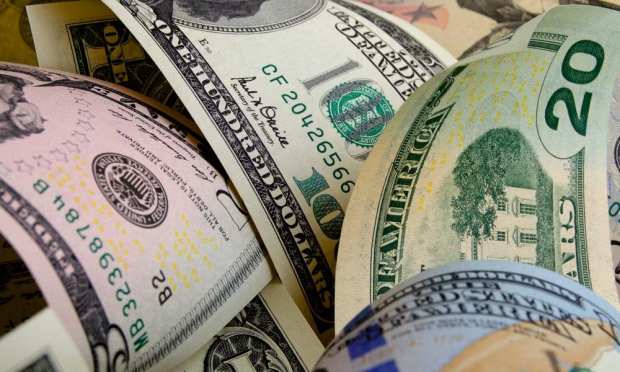ATM Association Weighs In On Cashless Retail Ban

Much has been made of the coming of the cashless society.
Amazon, of course, stands out as a marquee name in the move to make the retail experience wholly digital commerce.
But not all agree that banning paper notes and coins from commerce is the way to go — perhaps setting up regulatory skirmishes that will be fought at the state and local level.
As had been reported late last month, in New York City, the city council held a hearing centered on a bill that would ban stores and restaurants from being able to refuse to accept cash. A similar ban has already passed in New Jersey and similar legislation has been backed by legislators in Philadelphia and signed into law this past week.
In terms of the New York legislation (Intro. 1281), seeking to combat a trend — namely that more businesses are embracing card-only payment methods spanning debit and credit — the ban would also result in fines of hundreds of dollars per violation. Enforcement of the ban, if it becomes law, would be put in place under the New York Department of Consumer Affairs.
The bill still is slated for a public hearing by the New York City council’s Committee on Consumer Affairs and Business Licensing. Council member and bill sponsor Ritchie Torres has said the ban is a way to make sure lower income communities, and those of color, are not shut out of marketplaces.
As quoted in the National Law Review, the councilman, citing data from the FDIC that black and Hispanic households are more likely than their white counterparts to be underbanked or unbanked, has said that “the cashless marketplace sends an exclusionary message — that the impoverished, the homeless, the underbanked, the undocumented need not apply. I think we need to ask ourselves as a city, is that the kind of de facto discrimination we’re okay with sanctioning in the marketplace?”
The Case Against Cash
To be sure, there are two sides to every story. There may be a groundswell against cashless retail, but then again, there also is a movement to take cash out of the equation. Some merchants contend that it is in fact expensive to traffic in bills and coins, as there is a need for hardware to be installed and maintained on site — cash registers, of course, and safes and even money-counting machines. Trips to the bank to make deposits — the physical kind — can be time-consuming and perhaps less than safe.
And reliance on cash, overall, may be decreasing in favor of digital transactions, at least as evidenced in the 2018 edition of PYMNTS/Visa joint study on “How We Will Pay.” According to the more than 2,800 individuals surveyed, roughly half of the consumers said they carry between $10 to $50 in their wallets and 39 percent said the cash was reserved for tipping, or for payments at smaller merchants who do not accept cards.
The debate will likely get increased scrutiny and input from stakeholders. And those stakeholders include ATM operators. Late last month, the ATM Industry Association (ATMIA) voiced support on the cashless bans on retail firms, citing the potential for disenfranchisement. The ATMIA has said it plans to issue a position paper on the importance of cash and that advocacy efforts through the year will focus in part on financial inclusion.
… and the Case Against Cashless
In an interview, David Tente, executive director of the US and Americas at ATMIA, said states and cities are beginning to examine bans on cashless retail as part of what has begun “as a grassroots effort to ensure that the poor, unbanked and underbanked are not disenfranchised by retailers refusing to accept cash.” And in written responses to PYMNTs’ questions, he said his organization has been “raising awareness of this issue for many years.”
The movement in recent month has been one where a cascade effect of sorts seems to be in the works. As Tente noted, the state of Massachusetts already has a ban on cashless businesses, and the law has been on the books since the late 1970s. Beyond the aforementioned bills in New York and New Jersey, as the ATMIA has cited, cash is a favored payment method for 26 percent of he population, as the Federal Reserve has estimated and data also show that 45 percent of consumers prefer to use cash when transacting at local retail locations. As has been noted in this space in tandem with findings with the Global Cash Index, cash remains firmly entrenched as among the most preferred payment methods.
Asked why cash has been so entrenched in daily life, Tente said, “Cash has been around for a long time — 7,000 years in metallic form, and about 2,000 years in the form of paper money. So we have a long history of using cash. No special equipment is needed to pay in cash or receive cash, so it’s very convenient. That also means that if the power goes out or the network crashes, you can still use cash. And another important fact these days is that you can’t hack cash.” Specific use cases where cash is preferred and “quite high,” he said include fast food and convenience stores. If the cashless bans do indeed gain traction, companies that seek to introduce cashless retail to the masses, he said, might have to add currency acceptance devices.
In terms of upcoming advocacy efforts, Tente told PYMNTS that ATMIA has “a DC fly-in event in April and we will be talking to legislators about this issue.”
